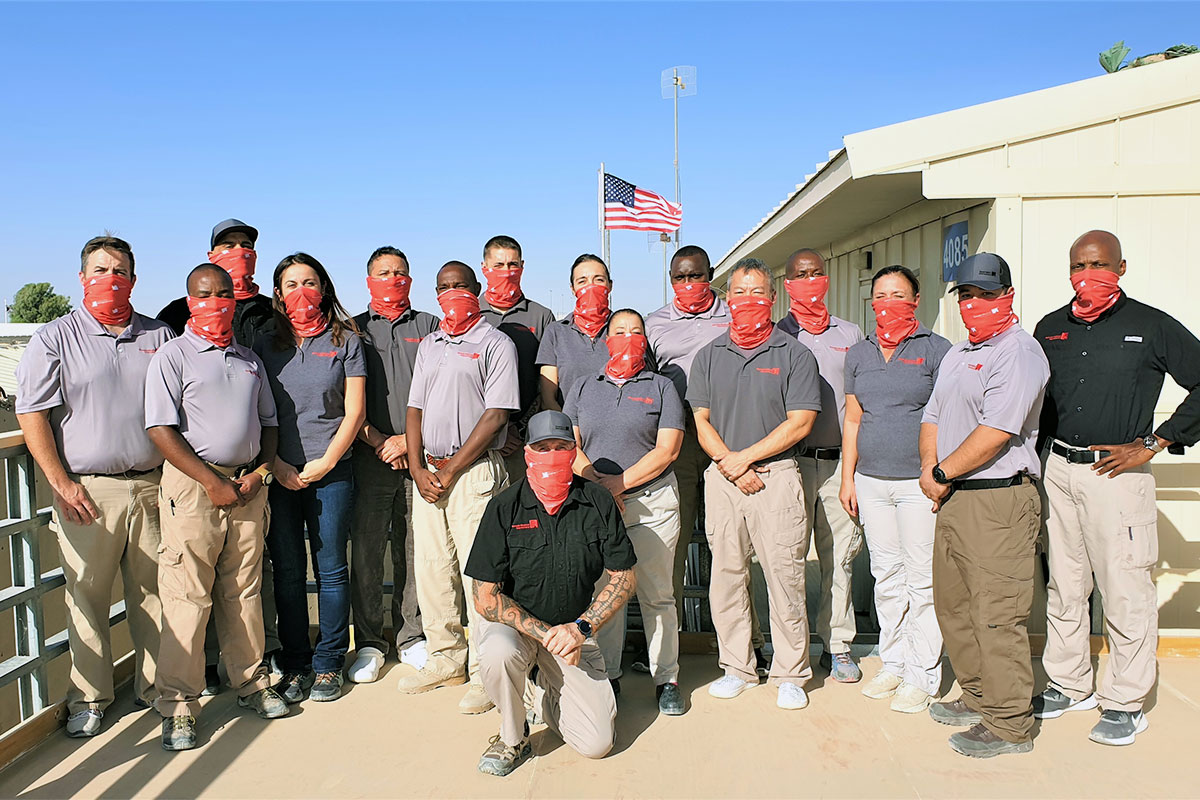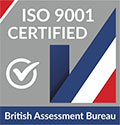I first discovered Remote Medical International (RMI) while working as an educator for the North Cascades Institute in western Washington state. After spending countless headlamp-driven days exploring the peaks of the surrounding Cascade mountain range, I decided to enroll in a Wilderness First Responder (WFR) course. Shortly thereafter, a winter left fifty of us stranded at the Learning Center for eighteen days while avalanches blocked off the road. By no coincidence, I completed RMI’s Wilderness EMT/Medical Care Person in Charge (MCPIC) course the very next year.
After spending a few more years in the mountains working with the local fire department, I joined RMI as an instructor and began traveling and teaching wilderness medicine. Around the same time, I developed a passion for agriculture and began noticing similarities between practicing medicine and cultivating the land.
At Remote Medical International, our basic life support patient assessment is simple yet effective: scene safety, manage life threats including the oxygenation of the patient, halt massive bleeding, and promote the pulsing and circulating of blood if the heart has stopped. Once a patient is stabilized, we move on to a thorough physical exam, vital signs, past patient history, and documentation.
Through this system of structured assessment, remote medical providers are able to find and manage life threats, stabilize sick patients, and promote healing in challenging environments. After speaking with a variety of farmers, I began to wonder if the remote medical skill set could work not only in remote environments but also on remote environments. The world, after all, is filled with ill and injured ecosystems that need to be stabilized and healed.
Farmers around the world have shown me what healthy systems looked like: tree crops of nuts and fruits integrated with a pulsing mob of animals grazing hard and then allowing the land to rest before returning; fish growing in simple ponds where the nutrient dense water moves through edible greens as a river ecosystem might nourish its own banks; dry land environments in Tucson, AZ and Australia make due with minimal water resources during prolonged droughts through appropriately designed rain harvesting systems. Like a healthy human body, the land adjusts, adapts, and heals.
With the help of my family and a dedicated army veteran soil conservationist for the USDA National Resources and Conservation Services, we began to treat our new sick patient. Our patient did not require IV fluids nor suffer from spinal trauma. The illness we were treating belonged to 100 acres of rocky eroding soil in the Texas Hill Country where oak trees are rapidly dying off.
In line with the “holistic management†decision-making process, we spoke with all decision makers – neighbors, friends, family, and regenerative designers practicing permaculture – to create and communicate a plan. With the support of everyone involved, the scene was safe to proceed and our available resources were inventoried.
We began treatment by stopping the bleeding which, in our case, took the form of flash flood erosion. For hemorrhage control, we employed the Australian Keyline Plan which consists of a series of earthworks built with a D-6 Dozer. This method is unique to the topography of a place and aims to hold water high on the landscape to slow, sink, and spread so water can circulate from top to bottom.
When a sick patient is hydrated, medical providers plan for a way to release fluids, typically a Foley Catheter will do in a clinical setting. In our case, we chose a six-inch PVC pipe with baffles placed through the twenty-foot dam. After a medical provider stops the bleeding, steri-strips or sutures are used to pull wound margins together. For our patient, we utilized a fun and dedicated group of 8 -16 year old boys and girls in the Austin chapter of the Young Marines.
Armed with 3,000 pounds of seed bombs, the Young Marines learned that their weapons were meticulously crafted and mixed with minerals, aerobic bacterias, mycorrhizae fungi, and seeds rolled into clay balls. Some seeds were nitrogen fixers, mineral accumulators with deep tap roots to aerate the soil, and others were chosen for a netlike root structure to stitch the exposed soil with cooling rehydrating vegetative cover. Exposed and burned skin, like exposed soil, promotes dehydration and inability to thermoregulate. So, similar to a medical provider, we covered the exposed area.
Next came the probiotics which are as good for the land as they are for the human body. We put lactobacillus bacteria, a waste product of the animal slaughter process, into the soil. For PPE, we used nitrile gloves and eye protection as we dug through the stomachs of a few fresh slaughters to access the bacteria hidden within the glorious rumen chamber.
All ruminant animals like goats, camels, llamas, sheep, yaks, deer, and cows have a rumen chamber. Hold your breath, grab your knife, and empty the contents of the rumen into a barrel. Mix it with milk, molasses, yeast, and rock minerals and you create your own improvised anaerobic digester from which you can collect methane. At the end of two months and a 1:20 dilution with well aerated water, you have a probiotic solution high in B vitamins, minerals, nitrogen, phosphorus, potassium (N:P:K) and billions of lactobacillus bacterias. This strange brew has been proven by farmers in Mexico to regenerate soils back to health in a very short time after long term use of chemicals.
After two months of treatment, our patient is stabilized and the secondary assessment has been completed. A full physical has been conducted by barefoot runs during rainstorms to feel where eroded rocky soil has deepened and softened. Vital signs of carbon content in soils and a continued assessment via the Albrecht soil tests will be conducted annually. History has been gathered of the past 200 years of uses by Comanche, bison herds, freedman slaves, and overgrazing ranchers. Documentation has been conducted in the form of a website to share our successes and failures.
As medical providers, our solutions are simple, hands on, sometimes messy, and always universal. By applying a medical mindset to the rest of the world, I learned how to expand my concept of care and healing. As RMI’s current Training Program Manager, I look forward to continuing to promote healing in every regard.


